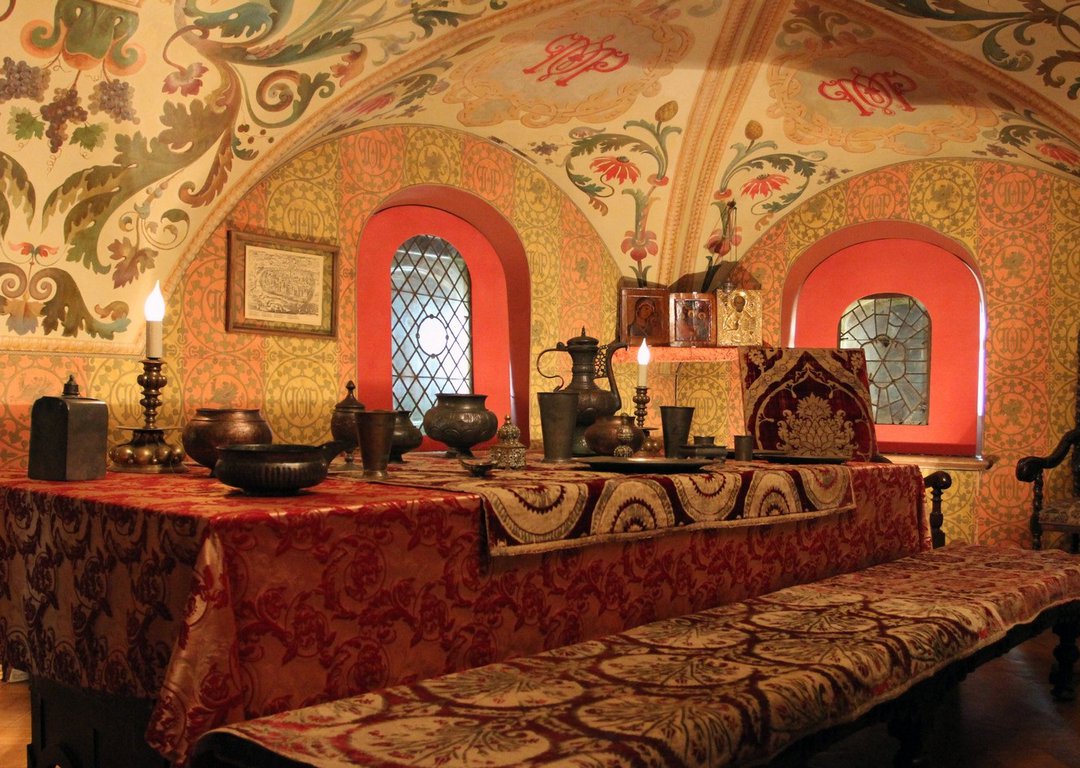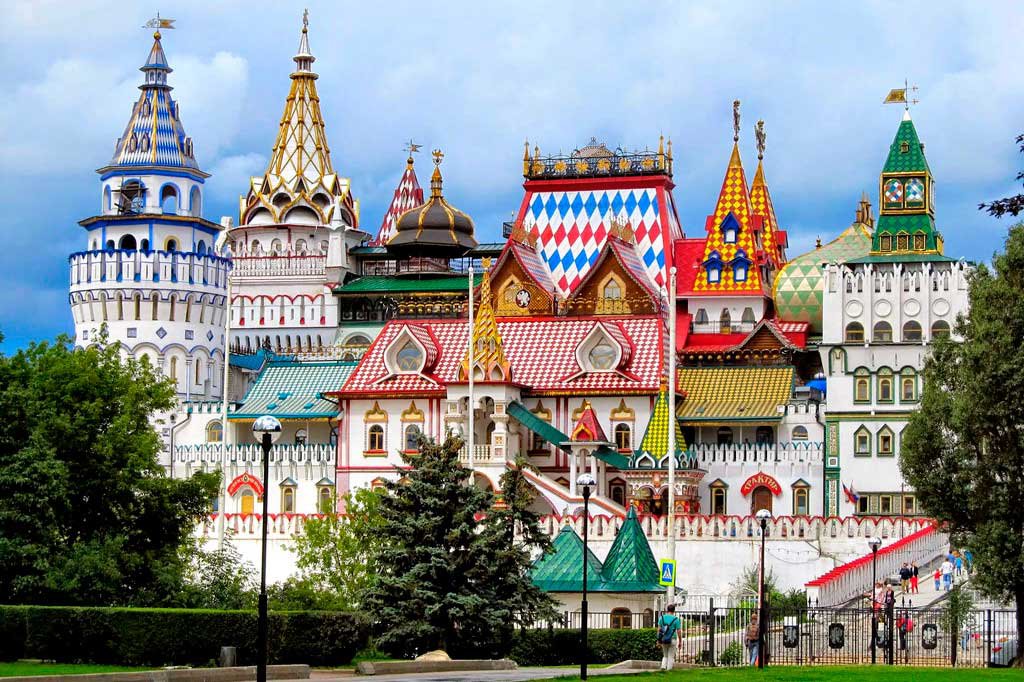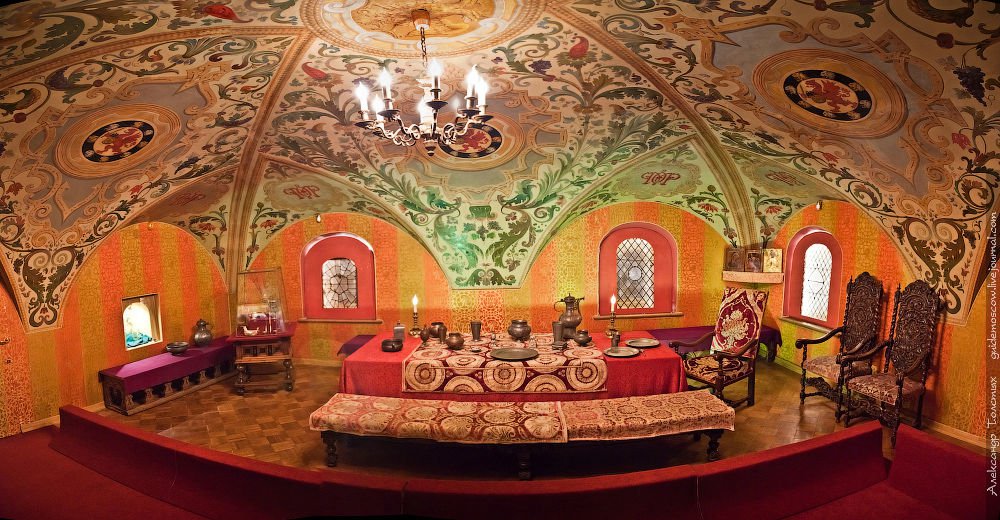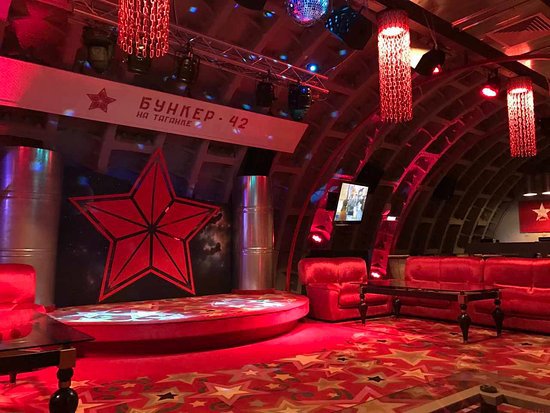 CHAMBERS OF THE ROMANOV BOYARS
CHAMBERS OF THE ROMANOV BOYARS➤ Breakfast
➤ Guided tour to the Izmaylovo Kremlin
➤ Guided tour to Chambers of the Romanov Boyars
➤Optional tour to the exhibition Complex Bunker 42
We draw your attention that the schedule of the excursions can be changed. THE IZMAYLOVO KREMLIN
THE IZMAYLOVO KREMLINWhile the famous Kremlin in Moscow’s Red Square is well-known, there is another, lesser-known Kremlin located in the northeastern part of the city. The Izmaylovo Kremlin, near the Serebryano-Vinogradny Pond in the Izmailovo District, is a colorful and enchanting cultural destination. This vibrant complex is home to several specialized museums, including: - A museum dedicated to Russian folk art - A museum focused on Russian bread and another on Russian vodka
The Izmaylovo Kremlin also features a wooden replica of the summer palace of Tsar Alexei Mikhailovich, where visitors can enjoy a traditional Russian meal. Additionally, it is home to the Church of St. Nicholas, a stunning wooden structure that, at 151 feet, is the tallest wooden church in Russia and is dedicated to the patron saint of crafts and trade. The Izmaylovo Kremlin offers a delightful blend of history, culture, and Russian traditions.
 CHAMBERS OF THE ROMANOV BOYARS
CHAMBERS OF THE ROMANOV BOYARSThe Romanov Boyars' Family Estate, dating back to the 15th-17th centuries, was restored in the 19th century under the orders of Tsar Alexander I, marking the first scientific restoration ever undertaken in Moscow. The museum showcases an array of authentic historical artifacts, including weapons from the 16th and 17th centuries, books, engravings, writing implements, chests, and other items that reflect the period. It is the only museum in Russia dedicated to presenting the patriarchal lifestyle of Moscow’s boyars during the 16th and 17th centuries. The museum is located on Varvarka Street, one of the oldest streets in Moscow, which captivates visitors with the beauty and elegance of its historic churches. Walking down this medieval street offers a glimpse into the city's ancient past, with its striking architectural charm and rich history.
 BUNKER 42
BUNKER 42Bunker-42, also known as "ChZ-293" or "GO-42," is a significant historical site in Moscow, built as a Cold War-era emergency bunker designed to protect Soviet leadership in the event of a nuclear attack. Its construction began in 1950 under the directive of Joseph Stalin, who ordered Soviet scientists to quickly develop both atomic weaponry and effective defense systems against nuclear threats. The bunker was designed to withstand the full impact of a nuclear explosion, and its depth of 65 meters was carefully chosen based on data from Soviet nuclear tests conducted in 1949. The structure was built with the intention of providing a safe and secure location for high-ranking Soviet officials, including the highest leadership, during a nuclear crisis. Bunker-42 was equipped with multiple layers of defense against various nuclear strike effects, including radiation, shockwaves, and heat. It was capable of housing personnel and ensuring their safety for extended periods, should the Soviet government need to retreat into it after a nuclear attack. The bunker remained operational for many years, though it is now a museum and tourist attraction in Moscow, offering insight into Soviet-era Cold War history and civil defense strategies.